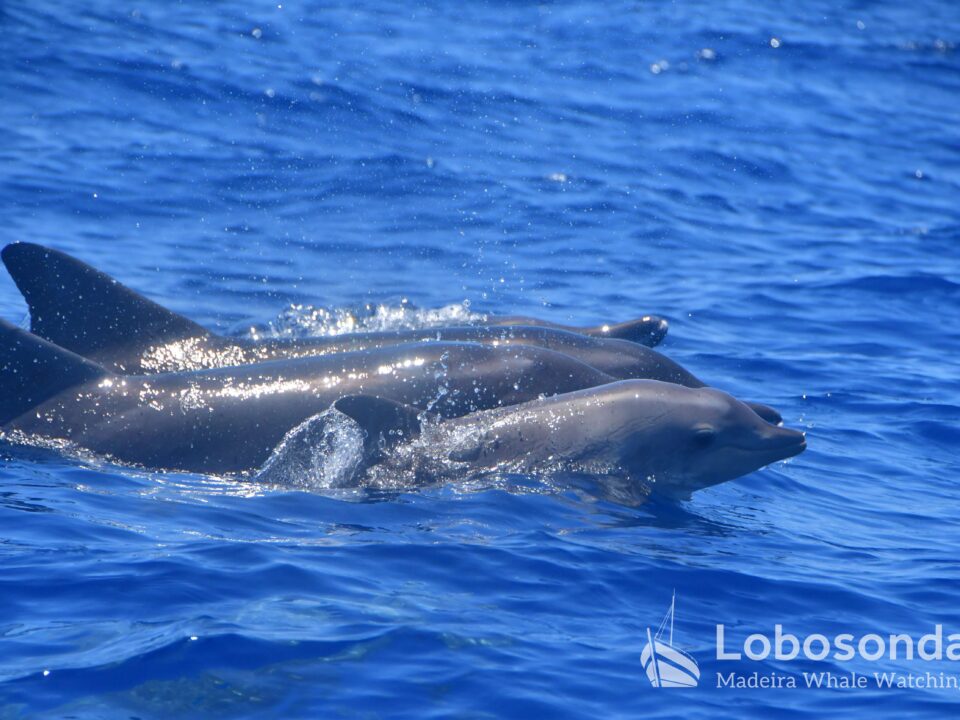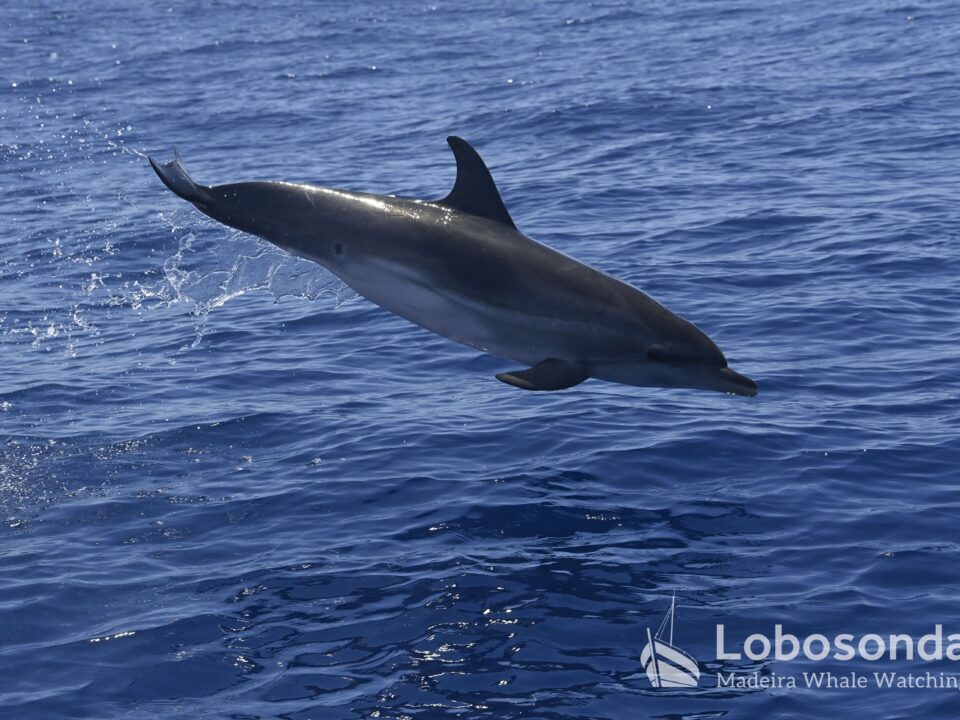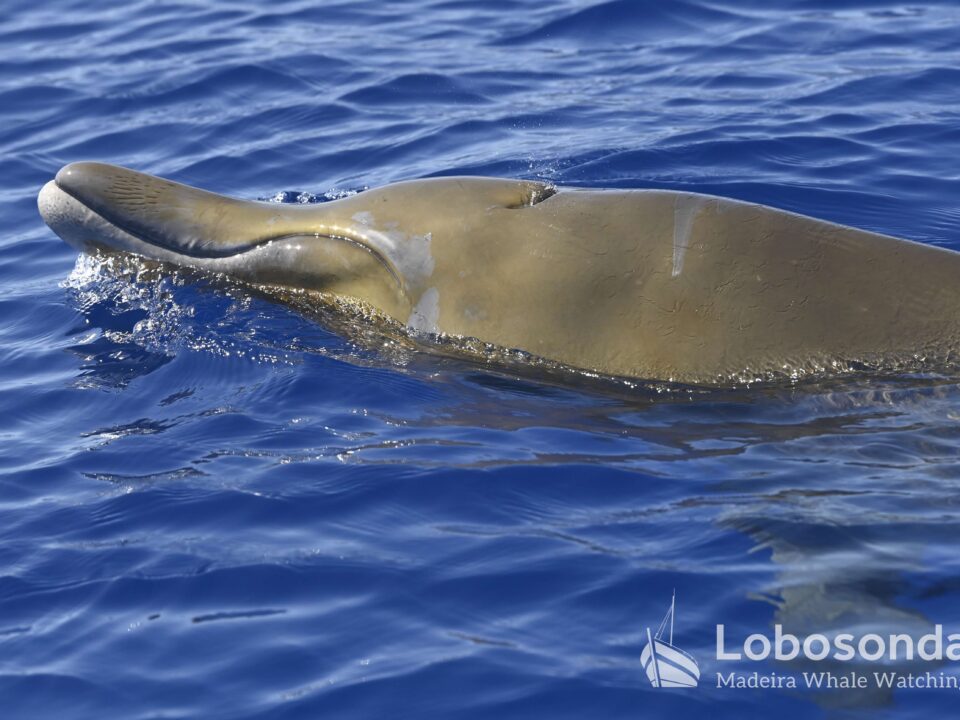
09.02.2019 – Two species, one nursery
February 20, 2019
16.02.2019 – Winds of change
February 27, 2019As a whale-watching company that operates from Calheta, Lobosonda generally aims for cetacean sightings occurring in the Southwestern waters of Madeira. Occasionally however, particularly at this time of the year, weather conditions may force us to step out of our comfort zone and improvise a little. The strong Southeastern wind transformed the waters outside Calheta into a choppy, uncomfortable place today so our team decided to organize tours near Porto Moniz.
The company has done this several times but it was my very first whale-watching tour in the North and, I’m not going to lie, I was quite excited about the idea. I’m a true fan of the North coast of Madeira, particularly the Northwest area within the Porto Moniz district. The North coast is separated from the South through a mountain chain, with its highest peak, the Pico Ruivo, towering over the island at 1861m altitude. The mountain chain is not only responsible for the constant flow of water into the levadas through cloud condensation but also divides the island into two microclimate zones. While the South coast generally enjoys a mild climate, the North is notorious for its rather raw conditions. The windy conditions and high humidity also means the North is much less inhabited and therefore more pristine; it’s green and unspoilt coastline served as a breathtaking facade as we searched for dolphins in the surrounding waters.
The cetacean sightings we were able to enjoy also were’nt short of spectacular ranging from a hunting situation involving Short-beaked common dolphins (Delphinus delphis) in the morning up to bowriding Bottlenose dolphins (Tursiops truncatus) and calm, interactive common dolphins during our afternoon trip. The wind and swell also brought other familiar visitors to the Northwestern waters of Madeira. Amongst the hunting dolphins were several Cory’s shearwaters (Calonectris borealis) whose numbers will steadily increase until late spring or early summer, as the colonies return to breed along the coastline. We can also expect more Portuguese Man O’War (Physalia physalis) sightings in the next months, venomous siphonophores, or colonies of tiny zooids, that are subject to changing currents, winds and tides.
By Paula Thake
Sightings of the day
Stenella
11:00 Short-beaked common dolphins, Portuguese Man O’War
15:00 Bottlenose dophins, Short-beaked common dolphins, Portuguese Man O’War





























